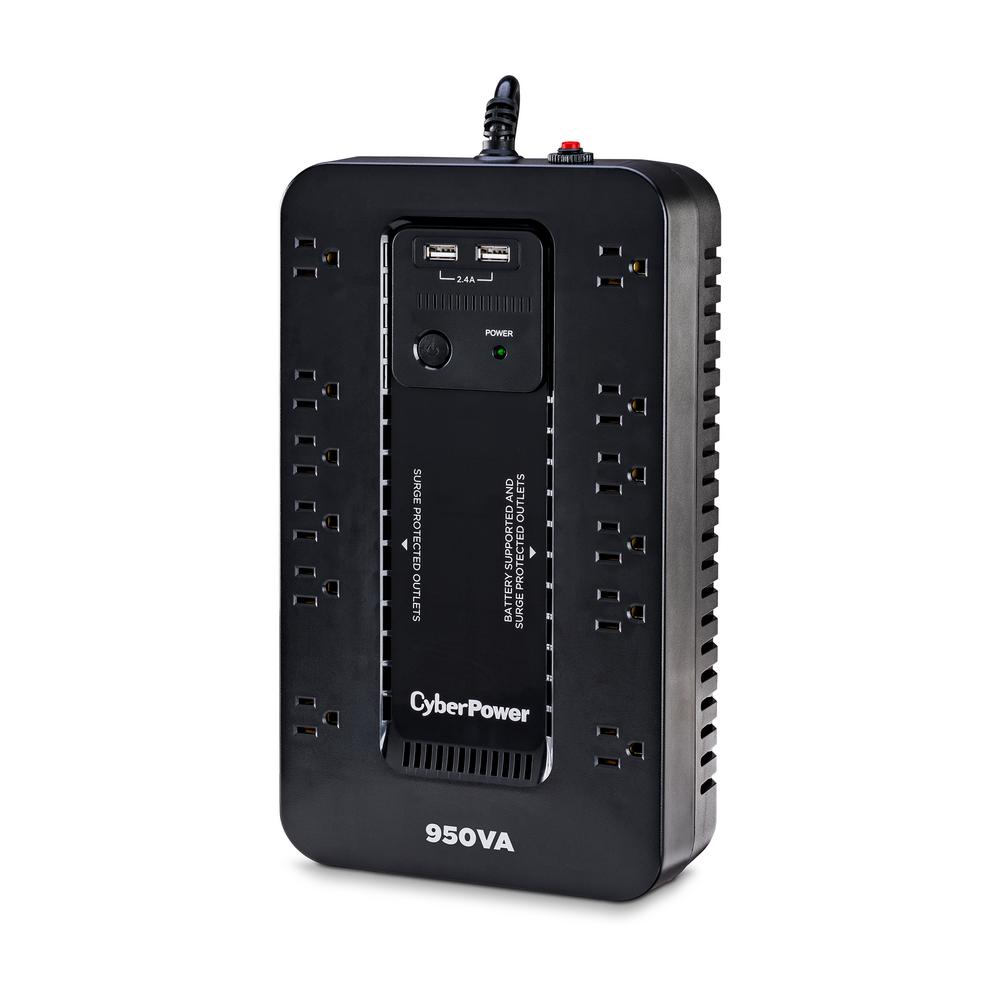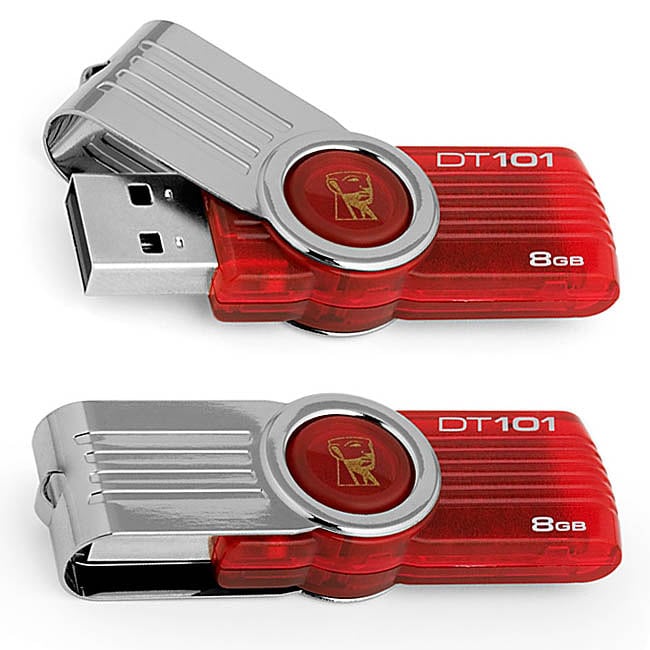
#Usb backup windows 8 install
Now you have a recovery disk and backup of all your data it's safe to install Linux with the ability to restore Windows 8 should you need to.This paper provides detailed instructions for creating Automated System Recovery (ASR) based recovery media for the Microsoft Windows Server 2012, Microsoft Windows Server 2012 R2, Microsoft Windows 8 and Microsoft Windows 8.1 operating systems, and using it to perform a full system recovery ("bare metal restore"). Dropbox), or use third-party backup software. You will need to do that yourself, for data backups you may want to use a cloud based solution (eg. It will not backup any additional applications or data that you have stored on your computer. The recovery disk will only restore the laptop to it's original setup.

Sometimes the recovery disk may just restore a particular partition, but that relies on data being stored on a different partition, which is not normally the case. Note that a factory reset will normally wipe all information included data and configuration from the computer. Choose the USB drive from the menu and then follow the instructions.
#Usb backup windows 8 Pc
If you don't know what it is for your PC then check with the documentation or Google for boot selection key. Which key depends upon the manufacturer for Dell it's F12 for HP it's F9. If you need to recover from a corrupt or broken install then insert the USB recovery disk and press the appropriate key after powering on the computer. The Windows recovery tool will allow you to create a USB disk. Search for "recovery", but choose "Settings" instead of applications. I you don't have a manufacturer recovery tool, or you would like to use the standard Windows one (as well / instead) then it can be accessed from the side menu (mouse in corner of screen or swipe from edge). Normally there will be an option to create a Recovery Disk or a Factory Restore Disk or something similar. If you have a manufacturer supplied tool (both HP and Dell include one) then it should be listed under the applications. In Windows 8 bring up the side menu (move your mouse to a corner of the screen or swipe from the edge if you have a touch screen) and search for recovery. In fact as an extra precaution you may want to use both the manufacturers and Microsoft tools to provide an additional backup. If your laptop manufacturer provides it's own recovery tools then I'd suggest you try that first. I would still recommend using a USB flash drive as it will typically take 4 or more standard DVD-R disks which will take a long time to write and verify (and in my case took a long time and then failed). With some tools you can also create the recovery image on DVDs.
#Usb backup windows 8 drivers
I think this is down to the way that the different manufacturers configure the Recovery partition, as a HP recovery re-installs Windows first and then applies the drivers separately. You'll need to see what your system says to know how large a disk is required but as a guide my 11" HP Notepad needed a 32GB flash drive, whereas my Dell 17" laptop needed a 16GB drive. Unfortunately the size of the recovery image has shot up since earlier versions of Windows, although the good news is that the size of USB flash drives has gone up and the price down. The only thing you need to create a recovery disk is the disk to put it on. You should definitely do this if you plan to install Linux as dual boot. If you don't have your own recovery disk then it can be very difficult to get one from the laptop manufacturer, especially when the warranty expires. Once you have a recovery disk (or set of recovery disks if using DVD) then you can put it into your computer and restore it back to it's original factory condition complete with Windows installed. I therefore recommend the first thing you do is to create a recovery disk. There is sometimes a recovery partition on the hard disk drive, but even that can get corrupted. To save a bit of money (for them, not you!) computer manufacturers have stopped providing physical disks. In the past when you bought a new PC it would come with a set of disks so that if anything went wrong you could pop in the disks and restore your computer to it's original state.

Well actually this is only required if you want to continue running Windows (or as a dual boot with Linux) as if you want to permanently switch to Linux then you don't need this, but it's worth doing anyway. Don't worry if you've started using it, but do this as soon as possible, before you have a problem.Īs a Linux advocate you may think I'm going to tell you to get rid of Windows and put a better operating system on, well that's a good idea too, but this is something you should do regardless. You've unwrapped your shiny new Windows 8 PC or laptop you received for Christmas, but before you start using it there is something you should do first.


 0 kommentar(er)
0 kommentar(er)
